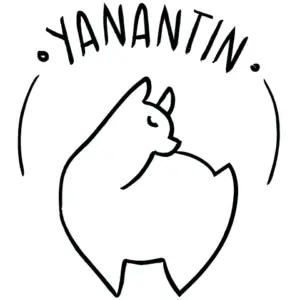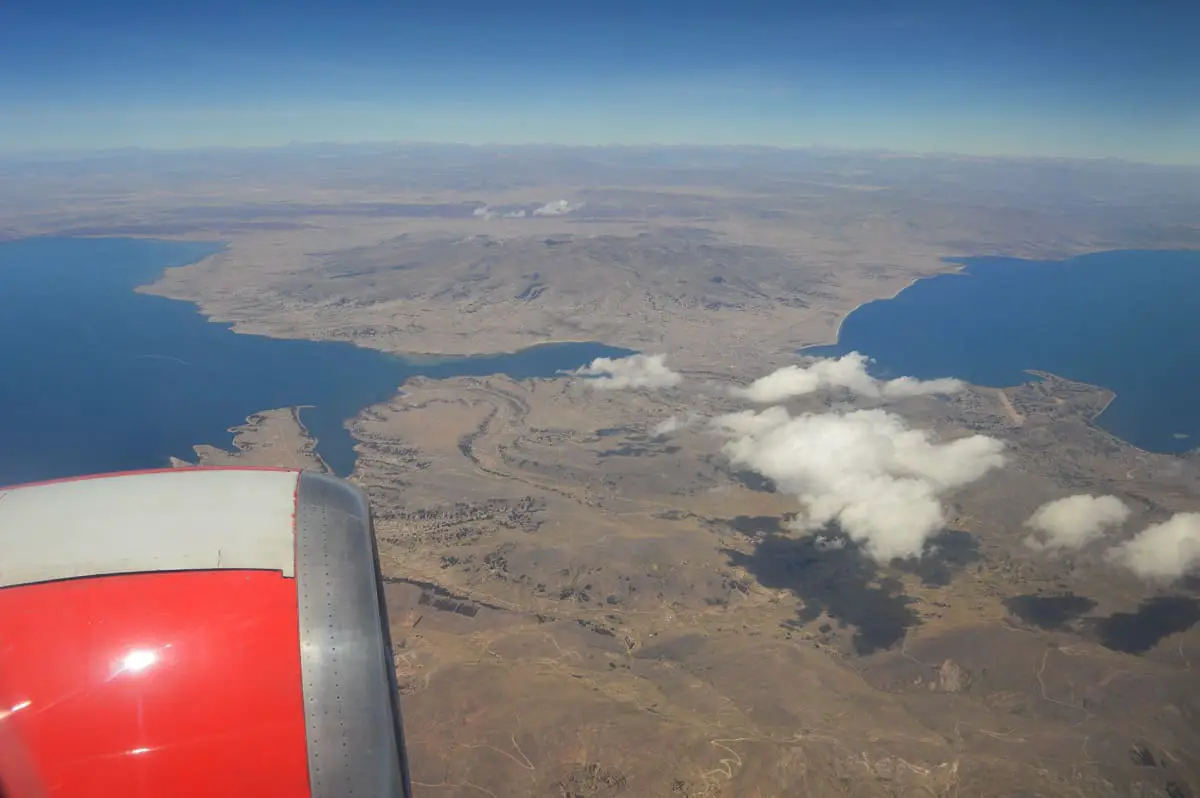While alpacas are becoming increasingly popular (and we all understand why!), you still don’t see alpaca woolen products regularly available in stores. Despite their high quality, alpaca woolen products can be hard to find and are somewhat expensive. You are probably wondering why alpaca wool is so exclusive?
http://vbrisket.com/author/gabevbrisket-com/ Alpaca wool is exclusive because it comes from an isolated region in the world: 96% of alpaca wool comes from South America. buy disulfiram disulfiram A lpacas can only be shorn once a year to maintain high quality wool. Alpaca wool is exclusive because it is a luxury fiber.
You will find claims on the Internet that alpaca wool is the best wool fiber in the world, I am certainly one of those people! Still, alpaca wool has not taken over the (fashion) world yet, so let’s find out why alpaca wool is still difficult to find and why it can be exclusive.
1. There Is Only a Limited Number of Alpacas World-Wide: 87% Live in Peru
Alpaca wool is exclusive because they live in limited numbers in an isolated area in the world.
Unfortunately, there is no exact number that can tell us how many alpacas there are. The most specific number I could find was from an article in a Peruvian agricultural newspaper, published in 2018. According to Agraria, there are 3.6 million alpacas in Peru, which is 87% of the world’s alpaca population.
Despite their original habitat being mountainous (and cold, wet, windy, and dry), alpacas have been successfully brought over to other countries, too. You can find alpacas in the United States, the UK and Australia (and to smaller degrees in other countries of course!), where they live on farms.
Let’s do some math: There are 3.6 million alpacas in Peru, covering 87% of the alpaca population. Bolivia is home to the second largest population of alpacas: 9%. That leaves 4% for the rest of the world. So, based on a quick estimate, there are about 4,14 million alpacas world-wide.
| Peru | Bolivia | Rest of the world | Total | |
|---|---|---|---|---|
| Alpaca population (%) | 87% | 9% | 4% | 100% |
| Alpaca population (#) | 3,600,000 | 372,000 | 165,000 | 4,140,000 |
Compare that to 1 billion sheep in the world, according to Wikipedia.
If you look up the numbers in the rest of the world more specifically, you’ll find that there are probably more alpacas in other countries now than there were registered back in 2018. This might indicate that the percentage of alpacas living in Peru has decreased slightly, although it is clearly still the highest number.
All that being said… Most of the alpacas, and thus the alpaca wool, come from South America, specifically Peru. Given the isolated position of Peru, wool has to travel from afar in order to make it to your wardrobe. On top of that, there just aren’t that many alpacas in the world! It is nothing when you compare it to sheep, for example.
2. Alpacas Are Shorn Only Once a Year to Provide High Quality Wool
Alpaca wool is exclusive because the animals can only be shorn once a year to maintain a high quality standard of wool.
And once a year is even the bare minimum! Some alpaca breeders only shear their animals biannually! The reason for this is that the hair needs to be long enough in order to provide enough grip when the single hairs are twisted into yarn. Alpaca hair is generally smoother than wool for example, so the staple length is important in order to maintain good quality wool.
Alpaca hair generally grows about 7 cm per year, which is about the minimum length that you can use for good quality wool. After the first year, the hair will grow slower and eventually the animal is going to need to get a haircut.
In terms of quality, shorter hairs are less desired. They will “jump out” out more easily, potentially causing itchiness. And itch-free wool is exactly what alpaca wool is known for!
The production process is also quite labor-intensive. To start with, the shearing process is very hands on work and requires many hands to keep the alpaca in place. You will need two or three people to shear one alpaca, and the whole process takes about 15-20 minutes.
The process is not harmful for the animals, but it is important to maintain the alpaca completely still, so that it won’t get any chance to actually hurt itself instead.
After shearing, the wool needs to be sorted, cleaned, washed, dried and spun. While a lot of this is done industrially these days, some parts of the process still require the precision of the human eye.
- If you’re curious to read more about how alpaca wool is made, I recommend reading my article: How Is Alpaca Wool Made and Is it Ethical?
3. Alpaca Wool Is a Luxury Fiber With High Qualities
Alpaca wool is praised for its high qualities like warmth, softness, breathability and luster. Alpaca wool is wind-resistant, water-repellent, odor-resistant, stain-resistant, hypoallergenic and does not need to get washed often. The list of qualities is endless, just like any other luxury fiber.
- Piqued your interest? Check out the complete list I wrote in another article by clicking the link: What Are The Qualities of Alpaca Wool?
Luxury fibers share the characteristic of having many high qualities, naturally. Given that such qualities are only given to animals who live in unique circumstances, the number of animals that live in such circumstances is limited.
For example, there are animals that live in high mountains, rainy or windy environments, extreme snowfall, hot summers, you name it… Mother Earth had to prepare some of the beautiful animals on our planet with exquisite characteristics!
So, the reason for luxury fibers to be exclusive is, again, because there is limited availability, compared to its high quality. On top of that, there is a high demand for such wool and garments, because the quality is just very, very good! Besides, luxury fibers are natural and they have no need of chemicals in order to make them wind- or water proof (or wrinkle-free, odor-resistant, etc.).
Luxury fibers have a simple mechanism of supply and demand: they are very high in quality, but not super easily available. They are loved by everyone, but there will be a price tag given the limited supply. Alpaca wool, however, is on the lower end of high quality luxury fibers: it is not that expensive when you compare it to musk ox or vicuña, for example.
- Still think alpaca wool is expensive? Read my article Why Is Alpaca Wool Expensive? to find out more about why alpaca wool is (not) so expensive 🙂



